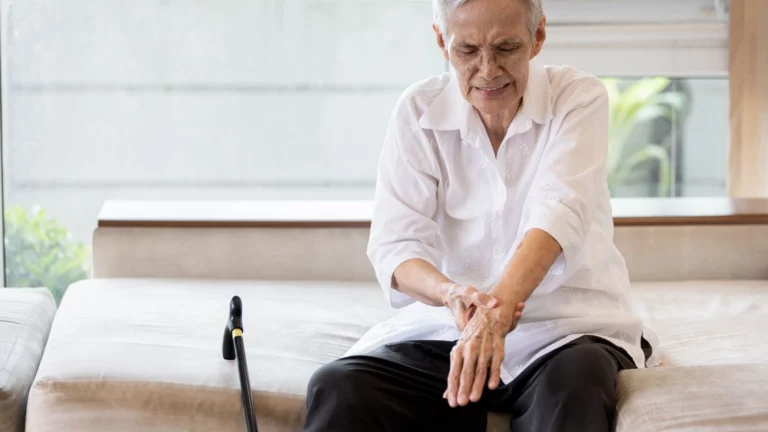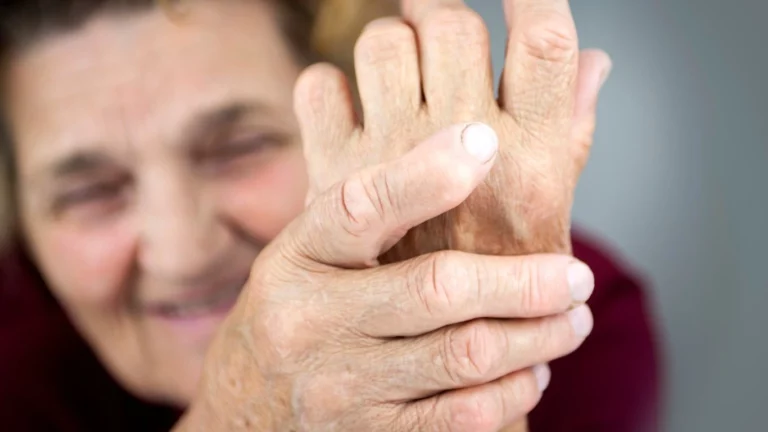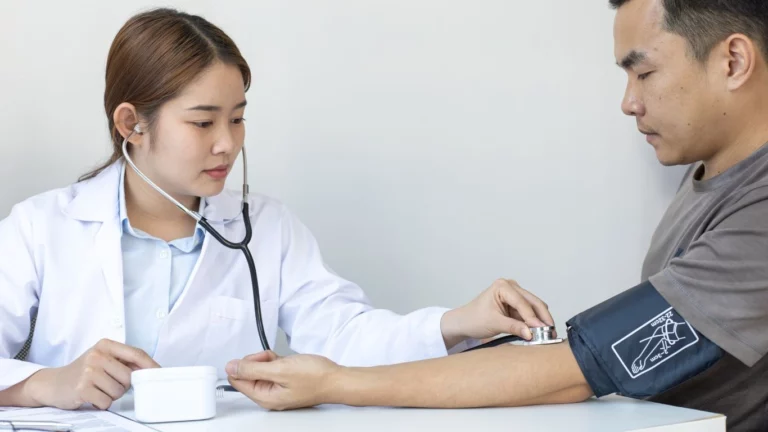Can Body Heat Affect BP Readings? Understanding Its Impact
Ever had your blood pressure checked after a hot shower or during a chilly office visit, and the numbers seemed… off? You’re not imagining it. Can body heat affect BP readings? Oh yes, it absolutely can—and as someone who’s spent years managing hypertension in clinical settings, I’ve seen firsthand how temperature shifts throw a wrench into what should be a straightforward process. It’s something most people (and even some providers) don’t fully consider, but it’s crucial if we’re aiming for accurate, actionable readings.
How Temperature Messes With Accuracy
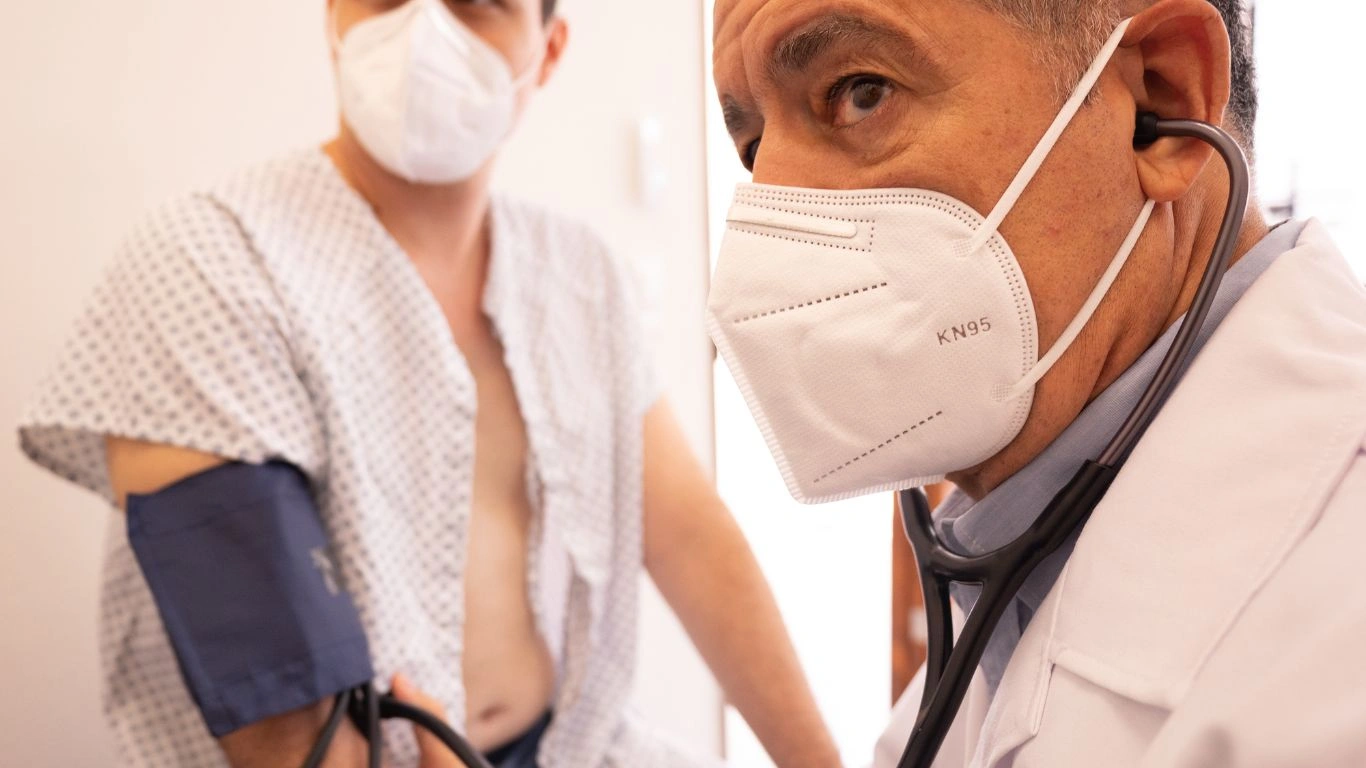
Warm Body, Wild Readings
Let me tell you, I’ve had patients come in on a summer afternoon, sweating from the heat outside, and their blood pressure is sky-high—only for it to normalize 15 minutes later once they cool down. Why? Heat causes vasodilation, meaning your blood vessels widen, which can affect the resistance against which the heart has to pump.
In warmer environments, the body tries to cool off by expanding the blood vessels close to the skin’s surface. This can make the systolic number dip a little, but at the same time, it can cause the heart to beat faster to maintain blood flow, spiking the diastolic—or vice versa depending on the person. It’s not always predictable, but it’s very real.
Chilly Rooms and Elevated Numbers
On the flip side, I’ve also seen patients huddled in chilly clinic rooms register blood pressures that look hypertensive, when in fact their baseline readings are well-controlled. Cold exposure triggers vasoconstriction, which means the blood vessels tighten, increasing vascular resistance. Boom—up goes the blood pressure.
That’s why in my practice, I’ve always paid attention to room temperature and whether a patient just walked in from extreme weather. It’s not just about measuring blood pressure—it’s about reading the context around it.
The Science Behind It (Without the Jargon)

Blood Flow 101: Why Heat and Cold Matter
When your body heats up, it redirects blood to your skin to release excess warmth, dilating vessels in the process. That shift in circulation can lower blood pressure temporarily. But if your core temperature rises too much, the heart compensates by beating faster, which may actually raise your numbers.
Cold does the opposite: it conserves heat by narrowing vessels and keeping blood closer to vital organs. That makes the heart work harder to push blood through those tight channels. Think of it like water through a hose—narrow the hose, and pressure builds.
Why It Matters for Hypertension Management
If we’re adjusting medications based on inaccurate readings taken when someone’s freezing or overheated, we could be chasing ghosts. I’ve had patients who were misdiagnosed with white coat hypertension when the real culprit was simply an over-air-conditioned exam room.
Here’s a little trick I often share:
- Wait at least 5 minutes after entering the clinic before taking a BP reading
- Make sure your clothing isn’t making you too warm or too cold
- If you’re checking at home, do it in a neutral, relaxed setting
What I’ve Learned in Practice
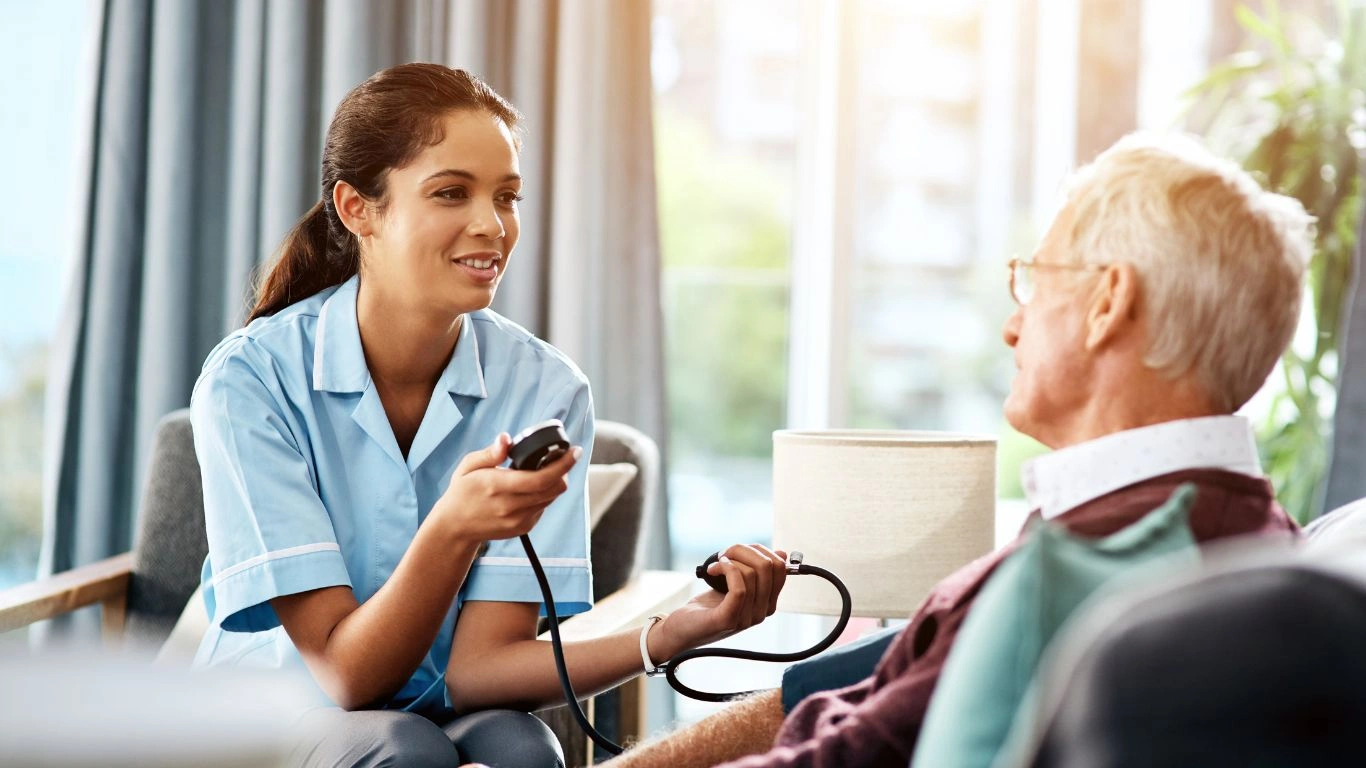
Real Talk: The Small Stuff Isn’t Always Small
One thing being an internal medicine physician teaches you quickly: the “little things” often aren’t little at all. I’ve had cases where seasonal temperature changes led to medication adjustments—sometimes unnecessarily. If we don’t consider the influence of body heat and environmental temperature on BP readings, we’re working with data that’s skewed from the start.
So yes, body heat can absolutely affect BP readings. It’s not some fringe idea—it’s physiology, and it’s playing out every day in exam rooms, living rooms, and yes, even in the car before a doctor’s visit. Understanding this has helped me fine-tune hypertension management for my patients in ways that genuinely improved outcomes.
Environmental Triggers: What We Often Overlook

Sunlight, Stress, and the Silent Saboteurs
One thing I’ve learned over the years is that it’s not just the temperature of your skin—it’s the entire environment that can influence blood pressure. I had a patient once who took all their BP readings in front of a sunny window every morning. The room would heat up quickly, and sure enough, their readings were all over the place. We didn’t realize until I asked them to try a different room—and like magic, the numbers stabilized. Wild, right?
It’s the kind of thing you don’t think about until you’ve seen it firsthand. Bright lights, anxiety, and even background noise can act as subtle stressors. Combine that with heat, and the body starts reacting in ways that might mimic—or mask—true hypertension. That’s why I always ask patients where and how they’re taking their readings. The context matters just as much as the cuff.
The Role of Clothing (Yes, Seriously)
This may sound like a small detail, but clothing can absolutely mess with your numbers. I had a gentleman in clinic whose BP always read high. Turns out, he wore thick layers—even in summer—and we were rolling up tight sleeves every time to get to his arm. Compression and overheating both played a role. Once we switched to having him wear a loose short-sleeve shirt to visits, his readings dropped by 10 points consistently.
Here’s the quick takeaway:
- Wear breathable, loose clothing during measurements
- Avoid tight sleeves or rolling them up tightly over your arm
- Rest in a room-temperature setting for at least 5–10 minutes before the check
Does Time of Day + Temperature Compound the Effect?
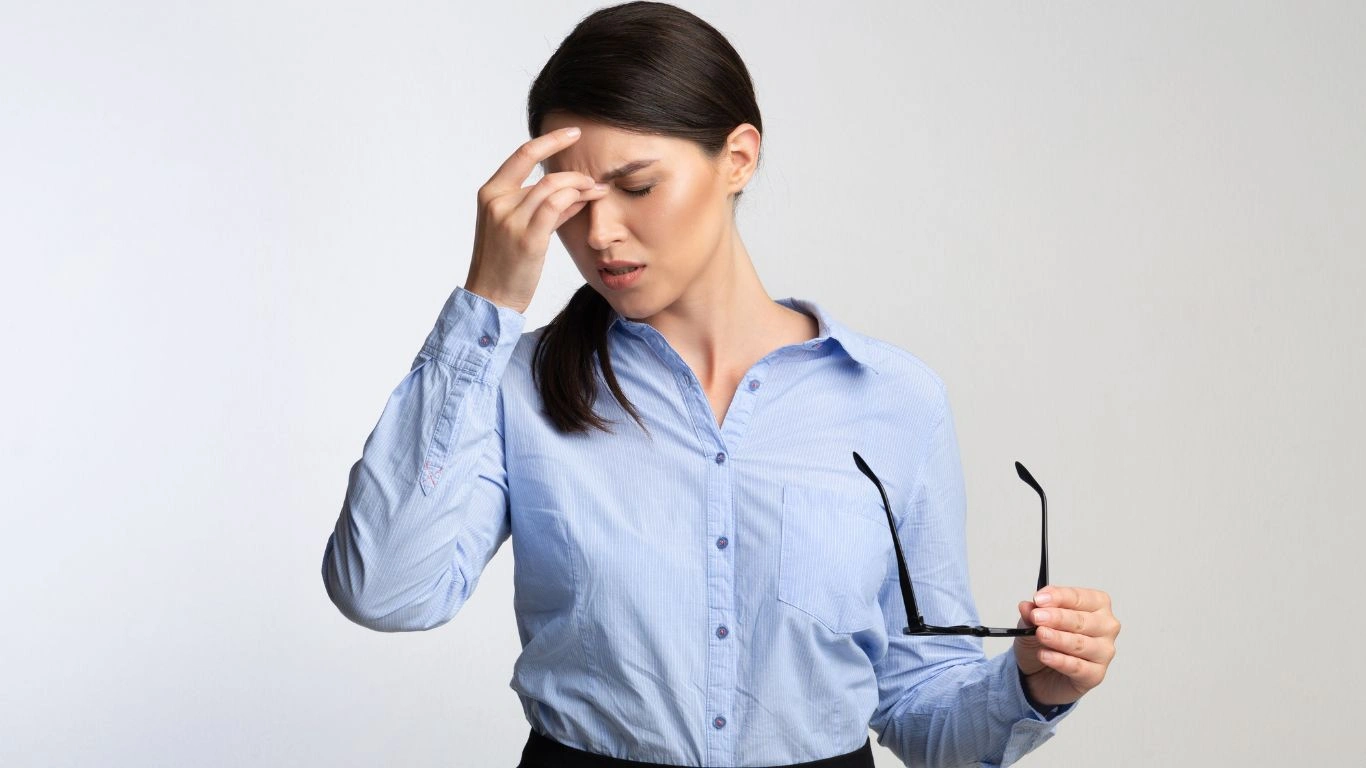
Morning Spikes + Warm Rooms = A False Alarm?
Morning is a naturally higher-pressure time for your body—literally. Cortisol levels are up, your body is waking from rest, and blood vessels are adjusting. Now, imagine someone checking their BP right after a warm shower in a toasty bathroom. Yep, I’ve seen it many times. The readings come out high, and then they call the clinic in a panic. But when we redo the check mid-morning in a calm, neutral room, it’s totally fine.
It’s why I often advise my patients to aim for consistency: same time, same chair, same conditions. Otherwise, we’re comparing apples to oranges every time.
Nighttime Heat and the “Hidden Hypertension”
There’s another flip side to this—nocturnal hypertension. Sometimes, people sleep in overheated rooms or with heavy bedding. If they’re checking BP late at night (especially if they wake up feeling flushed or sweaty), those readings might be elevated due to their internal thermostat going into overdrive.
I’ve had patients track nighttime readings during a heatwave, and we caught several cases of masked hypertension that wouldn’t have been caught during typical daytime checks. Again, it wasn’t just the heat—it was how the body responded to it at rest.
Tips for More Reliable Home Readings
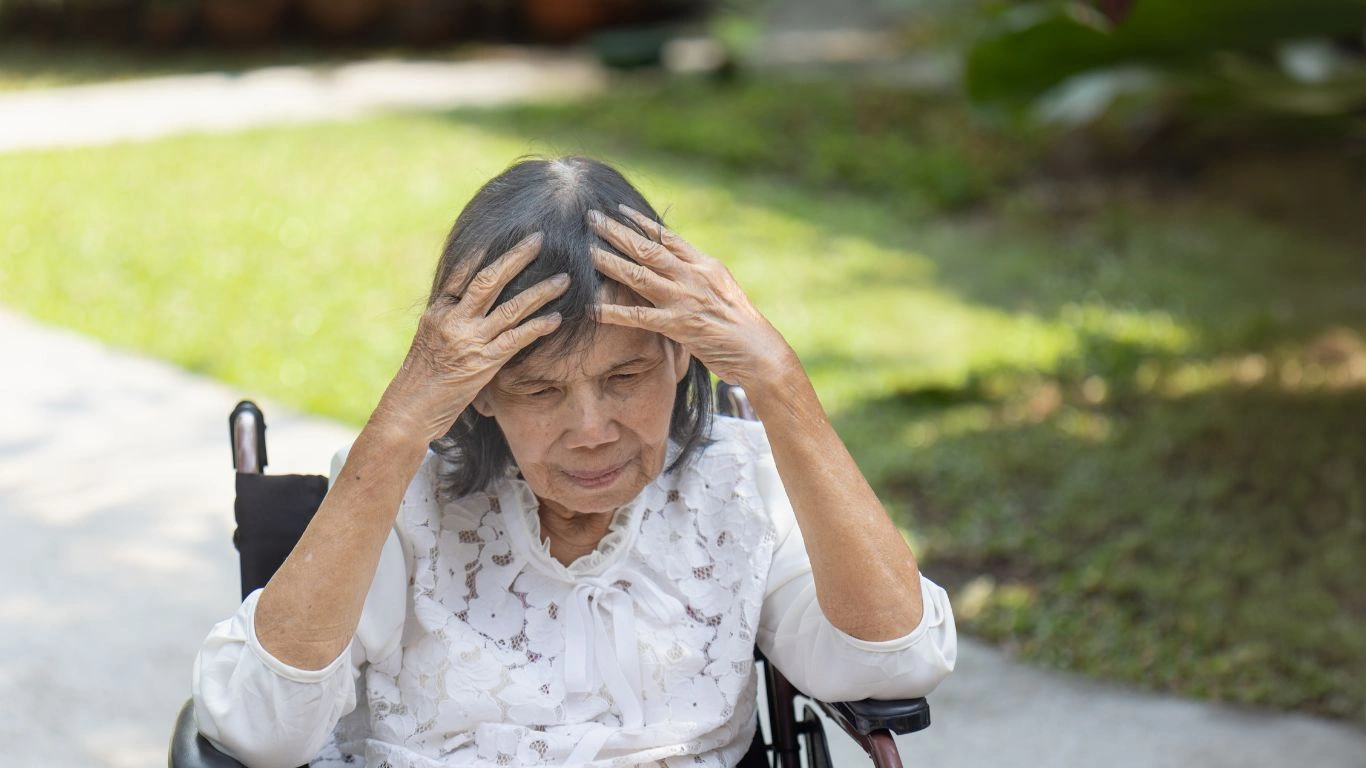
Creating a “Neutral Zone” for BP Checks
If I could build a checklist for home blood pressure monitoring, it’d start with environmental awareness. Think of it like setting up a mini clinic at home. You don’t need anything fancy—but you do need consistency.
- Keep the room between 68°F to 74°F (that’s around 20°C to 23°C)
- Sit quietly for 5 minutes with your back supported and feet flat on the ground
- Avoid checking right after hot showers, exercise, or coming in from outside
- Don’t multitask—no phones, no talking, just relax
It’s wild how many times I’ve seen patients do a BP check while chatting or watching the news. Even subtle distractions can raise readings. That’s not their “true” pressure—it’s a stress response.
What I Do in My Own Practice
In my exam rooms, I’ve made a habit of turning off the overhead lights and setting the room at a stable, comfortable temperature. I’ll even warm up the stethoscope before placing it on someone’s skin—small touch, big difference. If a patient’s nervous or flushed, we wait. No rush. Because getting an accurate blood pressure reading isn’t just about numbers—it’s about context, calm, and care.
So if you’ve ever asked yourself, “Can body heat affect BP readings?”, the answer is a very human, very real: yes. And understanding that is key to getting the whole picture—not just a snapshot skewed by a warm room or a cold clinic chair.
Practical Advice for Patients: Managing Temperature’s Impact on BP

How to Beat the Temperature Trap
After years in internal medicine, especially focusing on hypertension management, I can’t stress enough how much environment shapes the accuracy of blood pressure readings. If you’re tracking your blood pressure at home or getting checked at the doctor’s office, here are some easy-to-follow tips that have helped my patients—and myself—get readings that actually reflect their true health status.
- Choose a consistent time and place: Pick a quiet spot that’s not too hot or cold. Aim for a comfortable room temperature and keep this setup for every measurement.
- Dress appropriately: Loose sleeves and breathable fabrics are your friends. Avoid thick sweaters or tight sleeves that can restrict blood flow or cause overheating.
- Cool down or warm up first: If you just came in from a hot or cold environment, sit down, relax, and let your body temperature stabilize for at least 5-10 minutes.
- Avoid certain activities: No caffeine, smoking, exercise, or heavy meals at least 30 minutes before measuring your BP, since all these can influence your numbers.
- Don’t rush: Sit calmly with back support and feet flat on the floor. Keep your arm supported at heart level.
Implementing these little habits can transform a frustrating experience into a more reliable one. I tell patients that measuring blood pressure is almost an art, and part of that art is respecting the environment your body is in.
When to Raise the Red Flag
Sometimes, even with careful measurements, body heat or cold won’t explain all the fluctuations. If you’re seeing consistent spikes or drops regardless of environment, it’s time to consult your healthcare provider. This is especially important if you experience symptoms like headaches, dizziness, chest pain, or unusual fatigue.
Hypertension is often called the “silent killer” because it can sneak up without obvious symptoms. But that doesn’t mean we shouldn’t pay close attention to what the numbers are telling us—and how external factors might be clouding the message.
Looking Ahead: How Technology is Helping
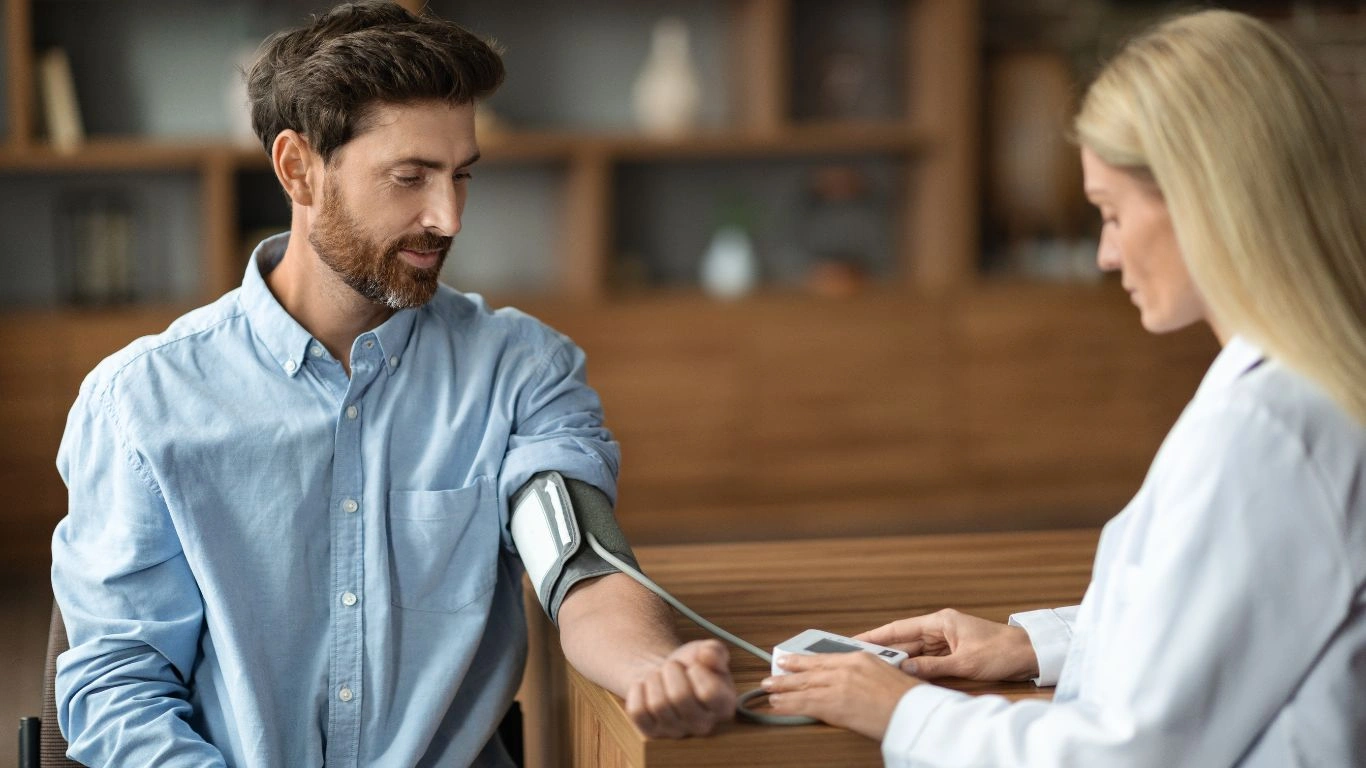
Smart Monitors and Temperature Sensors
Technology is catching up with these challenges. Newer blood pressure devices are starting to incorporate sensors that monitor environmental temperature or even skin temperature alongside the BP measurement. This data helps doctors interpret results more accurately, factoring in the subtle influences that body heat or cold exert on readings.
From my experience, patients who use validated, clinically approved devices paired with apps to track patterns over weeks or months get a clearer picture than what a single office reading can provide. It’s empowering for patients to be able to share detailed logs that show how their BP varies with lifestyle, environment, and even temperature.
Remote Monitoring and Telehealth
The rise of telehealth has also made it easier for me to coach patients through the nuances of home blood pressure monitoring. When I can see their technique and environment during a video visit, I can provide immediate feedback and adjust treatment plans more confidently.
This ongoing connection helps build trust and encourages patients to take control of their own health without the stress of wondering if their BP numbers are “real.” Because, spoiler alert—they’re only real if the conditions are right.
References and Resources
Disclaimer
The information provided here is based on my clinical experience as an internal medicine physician specializing in hypertension management and current medical guidelines. This content is for educational purposes only and should not replace professional medical advice, diagnosis, or treatment. Always consult your healthcare provider with any questions regarding your blood pressure or health conditions.

Dr. Gwenna Aazee is a board-certified Internal Medicine Physician with a special focus on hypertension management, chronic disease prevention, and patient education. With years of experience in both clinical practice and medical writing, she’s passionate about turning evidence-based medicine into accessible, actionable advice. Through her work at Healthusias.com, Dr. Aazee empowers readers to take charge of their health with confidence and clarity. Off the clock, she enjoys deep dives into nutrition research, long walks with her rescue pup, and simplifying medical jargon one article at a time.



